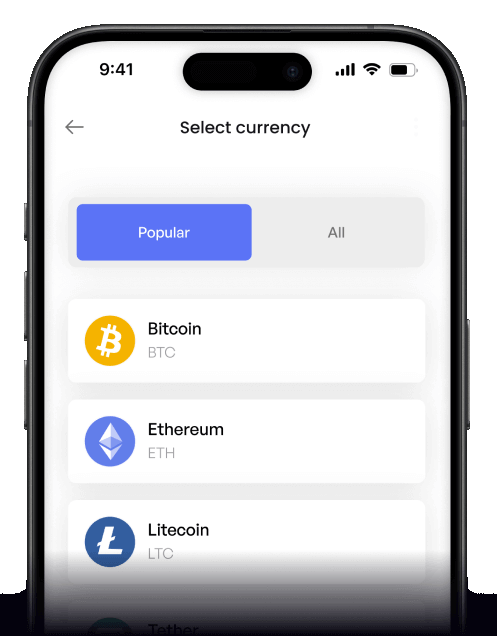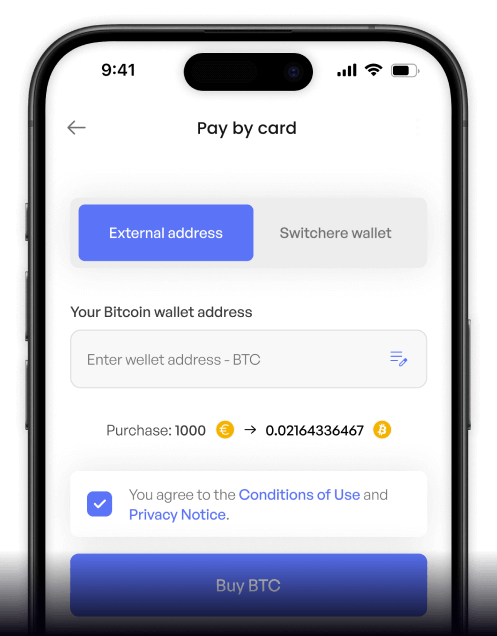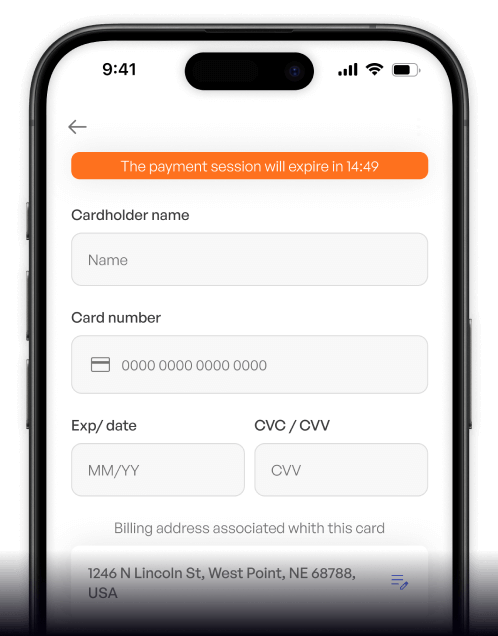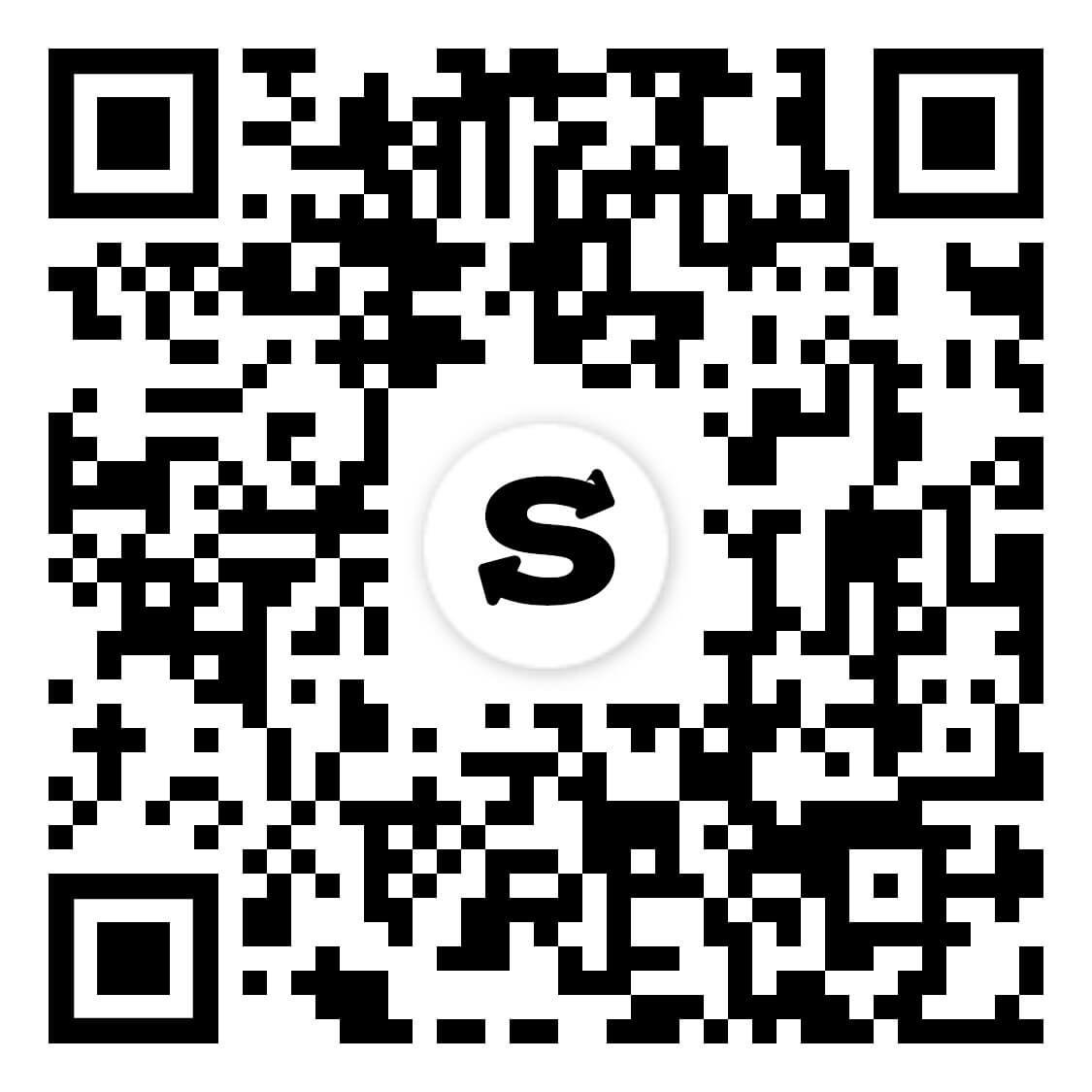Convert
Malaysian Ringgit (MYR) to Cartesi (CTSI) Instantly
Purchase Cartesi (CTSI) with Malaysian Ringgit (MYR) easily at Switchere and benefit from fast, secure transactions.
About
Cartesi (CTSI)
Cartesi (CTSI) is a Layer-2 infrastructure platform designed to resolve the critical issue of computational scalability and high costs on blockchain networks. Often referred to as "The Blockchain OS," its primary objective is to enable decentralized applications (dApps) with complexities that rival their centralized Web2 counterparts. Cartesi achieves this by allowing developers to build smart contracts and dApps within a full Linux operating system environment, utilizing mainstream programming languages and software stacks. This approach significantly lowers the barrier to entry for developers transitioning from Web2 to Web3, fostering a richer and more powerful dApp ecosystem built on robust blockchain technology.
The core of the platform is the Cartesi Machine (CM), a deterministic virtual machine that executes intensive computations off-chain. By leveraging Optimistic Rollups, Cartesi can process these complex calculations externally while anchoring the results with cryptographic security on the underlying Layer-1 blockchain, such as Ethereum. This hybrid model provides the immense computational power of off-chain processing with the verifiable trust of an on-chain digital ledger. The native utility token, CTSI, is integral to the network's tokenomics. It is used for staking within Cartesi's Noether Proof-of-Stake (PoS) sidechain, where node runners help secure the network and earn rewards. CTSI also functions as the payment method for computation and data availability services within the ecosystem.
How to Buy Cartesi (CTSI)
Popular Coins for Malaysian Ringgit (MYR)
Other Coins for Malaysian Ringgit (MYR)
Frequently asked questions
-
What is the MYR/CTSI trading pair and what is its significance?
The MYR/CTSI pair represents a direct fiat on-ramp allowing users to purchase Cartesi (CTSI) tokens using Malaysian Ringgit (MYR). Its significance lies in providing the Malaysian market with direct access to Cartesi's ecosystem, a Layer-2 platform known as 'The Blockchain OS'. This enables developers and users in Malaysia to easily acquire the native CTSI token needed for staking on the Noether PoS side-chain and for paying transaction fees within Cartesi's Linux-based virtual machine for dApp development. -
What are the common payment methods for buying CTSI with MYR on a cryptocurrency exchange?
To buy the CTSI digital asset with MYR, users typically rely on regulated cryptocurrency exchanges that support Malaysian customers. The most common payment methods include FPX online bank transfers, which offer instant deposits from major Malaysian banks, and standard local bank transfers. Some platforms may also support debit card purchases. All these methods require users to complete KYC/AML (Know Your Customer/Anti-Money Laundering) verification to ensure secure trading and compliance. -
How do Cartesi's Optimistic Rollups benefit from a direct MYR to CTSI fiat gateway?
A direct MYR to CTSI fiat gateway simplifies access to Cartesi's ecosystem for users in Malaysia. This is crucial because CTSI is the utility token required to pay for computation and data availability on Cartesi's Optimistic Rollups. By lowering the barrier to entry, this fiat on-ramp encourages more developers to build and users to interact with complex dApps that run within a full Linux OS on the blockchain, enhancing network activity and adoption of this unique Layer-2 solution. -
What kind of digital wallet do I need to store CTSI tokens after a MYR transaction?
Since Cartesi (CTSI) is primarily an ERC-20 token on the Ethereum blockchain, you will need a digital wallet that supports Ethereum-based assets. Popular choices include browser-based wallets like MetaMask, mobile wallets such as Trust Wallet or Coinbase Wallet, and hardware wallets like Ledger or Trezor for enhanced security. After purchasing CTSI on an exchange with MYR, it is a security best practice to transfer your tokens to a personal wallet where you control the private keys. -
What are the main utilities of the CTSI token within the Cartesi network?
The CTSI token is integral to the Cartesi ecosystem and has several key utilities. Firstly, it is used for staking in Cartesi's Noether Proof-of-Stake (PoS) side-chain, allowing holders to secure the network and earn staking rewards. Secondly, CTSI serves as the fee token for services on the network, such as paying for computations and data processing within the Cartesi Machine. This makes it a crucial component for developers building scalable and complex dApps on the Blockchain OS.






